THE 15 MINUTE CITY DEEP STATE IN CANADA. Where are they. How advanced are they. What steps have they taken. URGENT CANADIANS.
INTRODUCING COMPLETE STREETS CANADA
Please hit the stack. This is extensive and important. Like Share and support.
There is no such thing as a 15 Minute City. Or a map and organization to push them along.
Here you go CANADA. Looking out for you when MAIN STREAM MEDIA have been missing the largest totalitarian Municipal Deep State PUSH altering our communities in real time.
https://completestreetsforcanada.ca/locations/
WE ARE GASLIT CONSTANTLY. It is a conspiracy theory.
NO ASSHOLES IT IS A CONSPIRACY AT THE HIGHEST LEVELS.
here is another Municipal Deep State organization devoted to bringing about the 15 Minute City. I have introduced you to C40.org to Globalcovenantofmayors.org.
Time to meet Complete Streets.
From what I can tell they push 15 minute city policies through. If you are drinking the Koolaid that this is about parks and trees and “look a coffee shop and a euthanasia clinic”, fine. You do you.
C40 tells us that we need to reduce our ‘carbon foot print’. And to do that we need to know what each category of our emissions are (us living) and then commit to removing those emissions. NUTTY Net nothing. It is a total death cult.
When they say ‘walkable' communities it sure sounds nice. Or no air pollution as a goal. Sounds nice.
Keep in mind these are their goals by 2030.
ZERO PERSONAL VEHICLES BY 2030
WhenC40 says ‘Green Healthy Streets’. what does that mean? walkable can be read in the above image from the C40 Arup Leeds report as ZERO personal Vehicles by 2030.
See chapter 6 in the headline report. It includes ZERO MEAT OR DAIRY BY 2030. and massive building emissions reduction and ONLY 3 NEW ITEMS OF CLOTHING A YEAR.
Not my goals or documents.
Not me wanting to find their dumb totalitarian policies.
But having found them I am sure as hell giving them to the world. Spend some time on the Arup Leeds Report quoted above. Chapter 6 is the totalitarian gulag. Chapter 7 is them laughing at us telling us all the great reason to have the gulag.
INSERT ALL YOUR EXPLETIVES HERE.
https://www.c40.org/accelerators/green-healthy-streets/
“Our commitment to walkable cities that put people first
As mayors of some of the world’s great cities, we are committed to transforming them into greener, healthier, and more prosperous places to live. Our streets must be safe and accessible for everybody and our air must be clean and free from harmful emissions. This will improve the quality of life for all residents, and help tackle the global threat of climate change.
We envision a future where walking, cycling, and shared transport are how the majority of residents move around our cities. This shift towards zero emission mobility will result in less congestion and less pollution, while making our roads quieter and the air we breathe cleaner.
One third of greenhouse gas emissions from C40 cities come from transport and traffic is the biggest source of air pollution, globally responsible for up to one-quarter of particulate matter in the air. As cities continue to grow they are becoming more congested, with people spending more time in traffic. A study across the US, UK, France and Germany showed that congestion on our roads is costing the economy on average almost 1% of GDP. Road traffic injuries are the leading cause of death for children and young adults aged 5-29 years. (LL debunked by #Together in the UK)
This is not only holding back our economies through lost time and productivity, but also harming our health and the environment through worsening air pollution. Dirty air leads to almost 4.14 million premature deaths a year and afflicts many more, particularly children, with illnesses such as asthma. (LL debunked by #Together in UK)
We are already delivering our vision of greener, healthier and more prosperous cities but we recognise the urgent need for ambitious climate action to achieve the goals of the Paris Agreement. We also recognise the need for a comprehensive, holistic approach to transform the way people travel around our cities that builds on pledges made as part of the C40 Clean Bus Declaration and supports those articulated in the ‘Global MacroRoadmap: An Actionable Vision for Transport Decarbonization’.
We pledge to transition to green and healthy streets by:
Procuring, with our partners, only zero-emission buses from 2025; and ensuring a major area of our city is zero emission by 2030.
To meet this commitment, we will:
Transform our cities through people-friendly planning policies.
Increase the rates of walking, cycling and the use of public and shared transport that is accessible to all residents.
Reduce the number of polluting vehicles on our streets and transition away from vehicles powered by fossil fuels.
Lead by example by procuring zero emission vehicles for our city fleets as quickly as possible.
Collaborate with suppliers, fleet operators and businesses to accelerate the shift to zero emissions vehicles and reduce vehicle miles in our cities.
Publicly report every two years on the progress the cities are making towards these goals.”
AWAY FROM VEHICLES POWERED BY FOSSIL FUELS (BUT THE GRID CAN’T HANDLE THE INCREASED LOAD of EV, THE GRID IS GOING intermittent and not reliable when it goes to solar and wind.)
We don’t have the batteries, the mines to get anywhere close to putting us all in EVs but as shown above, the goal is ZERO PERSONAL VEHICLES BY 2030. EV is a dance being orchestrated for us.
Toronto is a C40 city. It is also a ‘Complete Streets’ City.
“Toronto
Toronto is Canada’s largest city. A Complete Streets policy was included in Toronto’s 2014 Official Plan amendment and Toronto’s Complete Street Guidelines were released in 2017. In 2019, within its updated Vision Zero Road Safety Plan, Toronto City Council further directed transportation staff to use a complete streets approach at the outset of all road reconstruction projects. Blog posts about Complete Streets in Toronto covered the release of the guidelines, display panels at City Hall, the redesign of Queens Quay, the scoping of the guidelines, and the City’s Vision Zero 2.0 Update, .
Guidelines and Standards | 2017
Case Study | 2015
Land Use Plan | 2014
Health Recommendation | 2014”
So it is in the works already.
“On July 16, 2019 Toronto City Council adopted Vision Zero 2.0 – Road Safety Plan Update, with amendments. The new plan, developed by Transportation Services staff, takes a more robust, proactive and targeted approach to eliminating serious injuries and fatalities on Toronto’s roads.
The Centre for Active Transportation (TCAT) Director Nancy Smith Lea made a deputation in support of the plan to Toronto’s Infrastructure and Environment Committee, as did TCAT’s #BuildTheVisionTO community road safety partners. We were encouraged to see several of our campaign recommendations move forward including reducing speeds, road design improvements, and safer crossings at TTC stops.
One of Council’s amendments to the new plan directs staff to use a complete streets approach at the outset of all road reconstruction projects to incorporate safety improvements. The motion is as follows:
“City Council direct the General Manager, Transportation Services to plan and design road reconstruction projects using a complete streets approach, including safety improvements such as vehicle lane width reductions, tightening curb radii, widening sidewalks and the potential for bicycle lanes, at the outset of all road reconstruction projects, in consultation with local councillors and stakeholders.” (City Council decision #25)
This amendment doesn’t actually represent a change in policy direction as Toronto’s 2014 Official Plan amendment includes a Complete Streets policy and Toronto’s Complete Streets Guidelines were released in 2017. Nonetheless, it is important to note that this motion further formalizes direction from Council and provides staff with additional support to build Complete Streets.
As TCAT’s Yvonne Verlinden posed last year, Complete Streets and Vision Zero share a common focus on road safety, and combining the two is a powerful strategy that we hope will result in profoundly safer streets.
In addition to the Vision Zero 2.0 – Road Safety Update, Toronto’s Cycling Network Plan was also adopted with amendments by Council. As part of the updated Plan, Council passed a motion that the Danforth Avenue Planning and Complete Streets Study be accelerated, to be completed by June 2021. Council also directed the completion of a pilot project be designed by 2020 to inform the Study, including detailed design for eastbound and westbound cycle tracks on Danforth Avenue East from Coxwell Avenue to Dawes Road.
City Council also passed a motion for the creation of a working group of stakeholders to consider complete street options for University Avenue, including bike lanes. This important north-south artery has been identified as having a high potential for cycling demand. Potential cycling demand is determined using origin and destination trip data for vehicle and public transit trips of five kilometers or less, a range considered to be feasibly completed by bike given the proper facilities.”
This is just about safe cycling. SURE IT IS. BUT THEY ACTUALLY SAY IT IS A STRATEGY FOR IMPLEMENTING THE 15 MINUTE CITY.
And when they say, Oh Right Wing yada yada conspiracy theorists are blowing this up. Remember they map their ‘CO2’ emissions and then their own documents have us all VEGAN BY 2030. Their documents!!! If they don’t like their DOCUMENTS, GOALS, OR THINK THEY ARE QUITE CONSPIRATORIAL, THEIR PROBLEM NOT MINE.
Here is food by 2030. 0k of meat, dairy or dairy alternatives. Per person per year.
Or how about clothing by 2030 in your lovely 15 minute city? In your walkable communities you are UNDER CLOTHED. YOU GET 3 NEW ITEMS OF CLOTHING A YEAR. It is in the C40 Arup Leeds Headline Report.
How are they implementing it. Well once you are in that lovely 15 minute city without your cars, I guess they control what goes into that 15 minute city. Doubt that? Why. Because you trust totalitarians that think like this?
“Complete Streets and The 15 Minute City | February 2021
February 22, 2021
In February 2021, Ely DeSandoli, an intern at The Centre for Active Transportation (TCAT), published this report: Complete Streets in The 15 Minute City.
This report is about the 15 Minute City, a new urban planning concept, and how Complete Streets can be an effective strategy for achieving it. Where the 15 Minute City is about the importance of interesting destinations, Complete Streets ensure that the short journey to reach these destinations is safe and comfortable. The street itself is a destination!
The following topics are covered:
principles of the 15 Minute City, and what makes it different
a case study of a Canadian city (Ottawa) that uses it as a policy strategy for growth management within its 2021 Official Plan
describes four ways that the 15 Minute City and Complete Streets can help each other: 1) infrastructure: safety, 2) infrastructure: neighbourhood context, 3) livability and sociability, and 4) increased economic activity
critiques and drawbacks (ignoring the suburbs, gentrification concerns)
Complete Streets in The 15 Minute City THIS DOCUMENT TAKES YOU RIGHT BACK TO C40 AND THEREFORE THE C40 VERSION AND GOALS. CARS ARE ABSENT!!!
“The idea of the 15 Minute City is fairly simple: residents should be able to access their basic needs of food, healthcare, work, green space, etc. within a 15-minute commute from their home.
Commuting here refers to walking or cycling; cars are largely absent from this discussion.
The most prominent advocate of this concept is Mayor of Paris Anne Hidalgo and her advisor, Carlos Moreno. According to Moreno, our six basic social functions of “living, working, supplying, caring, learning, and enjoying” should be met closer to home to ensure happier citizens are more engaged in the well-being of their communities.
1 C40, an international coalition of 97 cities dedicated to creating more sustainable urban lifestyles, outlines four core principles of a 15 Minute City
Residents of every neighbourhood have easy access to goods and services, particularly groceries, fresh food and healthcare
Every neighbourhood has a variety of housing types, of different
sizes and levels of affordability, to accommodate many types of
households and enable more people to live closer to where they work
Residents of every neighbourhood are able to breathe clean air, free of harmful air pollutants and there are green spaces for everyone to enjoy
More people can work close to home or remotely, thanks to the presence
of smaller-scale offices, retail, and hospitality, and co-working spaces
While the term 15 Minute City is relatively new to the urban planning scene, its concepts are not. They have been referred to as ‘complete communities’ or ‘the 20 minute neighbourhood’ in the past, and represent a trend of decentralizing urban life so that neighbourhoods may meet multiple daily needs.
Many cities already have these elements ingrained in their urban fabric. After systematically reviewing 271 studies on the quality of the built environment and its value, Camora (2019) found that qualities such as greenness in the built environment, walkability and bikeability, low levels of traffic, a mix of land uses, more compact neighbourhoods, and convenient connections to a good public transport network have a very strong positive association with the health, social, environmental, and economic value of a place.
2 Of all variables determined to bring ‘quality’ to a place, these are the most tangible and objective and thus measurable qualities. Camora describes four core components of the 15 Minute City: transportation, density, diversity, and proximity. Due to their tangibility and objectivity, and thus measurability, these qualities are some of the most straightforward strategies to include in urban policy, thus being able to concretely improve the quality of a place through future design governance.
3 Active transportation plays a large part in this idea. Reducing the time spent traveling to basic amenities, through the development of walking and cycling infrastructure, has the potential to reduce car pollution and free up more time for other activities.
4 While the 15 minutes in the 15 Minute City is generally understood to represent walking and cycling travel time, the core principles lack the detail explaining how cities can successfully transition their neighbourhoods into those that are attractive and safe for pedestrians and cyclists, if they are not already.”
C40 GOAL: BY 2030 ONE SHORT HAUL FLIGHT EVERY 3 YEARS.
“Ontario’s provincial growth plan A Place to Grow: Growth Plan for the Greater Golden Horseshoe includes Complete Streets under section 3 “Infrastructure to support growth”, stating that “In the design, refurbishment, or reconstruction of the existing and planned street network, a complete streets approach will be adopted that ensures the needs and safety of all road users are considered and appropriately accommodated.”21
We need to push back at Municipal, Provincial and Federal Governments that we do not want to corralled into their 15 minute zones and that the C40 organizations under the guise of 'carbon leashes’ have unleased a totalitarian plan that would make Stalin jealous in it’s thoroughness.
“In a world after COVID-19, C40 envisions urban living where “all city residents will have access to resilient, sustainable public services” fostered by all residents living in “‘15-minute cities’ where shops, workspaces and essential services are easily reached within a short cycle or walk, surrounded by plenty of green spaces where they can relax, exercise and play.” 97
The quality of the ‘short cycle or walk’, however, is only briefly touched upon in this report. Including Complete Streets in any COVID-19 recovery plans brings the benefit of a detailed lens on the quality of active streets, not only quantity. The presence of nearby amenities and active transportation infrastructure is necessary to ensure this successful transition”
This next transition is one we should avoid.
Want to explore which cities are involved and where they got to?
“Airdrie AB Municipal Land Use Plan, Sustainability Plan, Transportation Plan
Calgary AB Municipal Guidelines and Standards, Transportation Plan
Canmore AB Municipal Land Use Plan, Transportation Plan
Edmonton AB Municipal By-laws & Council Resolutions, Case Study, Guidelines and Standards
Grande Prairie AB Municipal Case Study, Transportation Plan
Medicine Hat AB Municipal Case Study, Land Use Plan
Red Deer AB Municipal Strategic Plan, Sustainability Plan
St. Albert AB Municipal Guidelines and Standards, Transportation Plan
Strathcona County AB Regional Land Use Plan, Strategic Plan, Transportation Plan
Abbotsford BC Municipal Land Use Plan
British Columbia BC Provincial Active Transportation Plan, Guidelines and Standards, Land Use Plan, Strategic Plan
Clearwater BC Municipal By-laws & Council Resolutions, Case Study
Courtenay BC Municipal Active Transportation Plan, Case Study, Transportation Plan
Kamloops BC Municipal Land Use Plan, Transportation Plan
Kelowna BC Municipal Land Use Plan
Nanaimo BC Municipal Transportation Plan
New Westminster BC Municipal Land Use Plan, Transportation Plan
Oak Bay BC Municipal By-laws & Council Resolutions, Guidelines and Standards, Land Use Plan
Prince Rupert BC Municipal Guidelines and Standards
Revelstoke BC Municipal Active Transportation Plan, Health Recommendation, Land Use Plan
Saanich BC Municipal Active Transportation Plan, Case Study, Land Use Plan
Squamish BC Municipal Active Transportation Plan
Surrey BC Municipal Active Transportation Plan, By-laws & Council Resolutions, Case Study
Vancouver BC Municipal By-laws & Council Resolutions, Case Study, Guidelines and Standards, Strategic Plan, Sustainability Plan, Transportation Plan
Victoria BC Municipal Active Transportation Plan, Strategic Plan
White Rock BC Municipal Transportation Plan
Winnipeg MB Municipal Case Study, Land Use Plan, Strategic Plan, Transportation Plan
Dieppe NB Municipal Land Use Plan, Transportation Plan
Fredericton NB Municipal Guidelines and Standards, Strategic Plan
Moncton NB Municipal Sustainability Plan, Transportation Plan
Moncton-Riverview-Dieppe NB Regional Transportation Plan
Riverview NB Municipal Land Use Plan, Transportation Plan
St. John’s NL Municipal Active Transportation Plan, Land Use Plan
Halifax NS Regional Strategic Plan
Ajax ON Municipal Transportation Plan
Belleville ON Municipal Transportation Plan
Brampton ON Municipal Active Transportation Plan, Land Use Plan, Strategic Plan, Transportation Plan
Brantford ON Municipal Case Study, Land Use Plan, Transportation Plan
Bruce County ON Regional Guidelines and Standards
Burlington ON Municipal Land Use Plan, Transportation Plan
Cambridge ON Municipal Guidelines and Standards
Clarington ON Municipal Land Use Plan
Cornwall ON Municipal Active Transportation Plan, Land Use Plan
Durham ON Regional By-laws & Council Resolutions, Transportation Plan
Greater Sudbury ON Municipal By-laws & Council Resolutions, Strategic Plan, Transportation Plan
Grey County ON Regional Guidelines and Standards
Guelph ON Municipal Case Study, Guidelines and Standards
Halton Hills ON Municipal Active Transportation Plan, Transportation Plan
Halton Region ON Regional Health Recommendation, Transportation Plan
Hamilton ON Municipal Active Transportation Plan, Case Study, Guidelines and Standards, Land Use Plan, Transportation Plan
Hastings Prince Edward Public Health ON Regional Health Recommendation
Kawartha Lakes ON Municipal Transportation Plan
Kingston ON Municipal Active Transportation Plan, Guidelines and Standards, Land Use Plan, Transportation Plan
Kitchener ON Municipal Case Study, Land Use Plan, Transportation Plan
London ON Municipal Guidelines and Standards, Land Use Plan, Transportation Plan
Markham ON Municipal Case Study, Land Use Plan
Middlesex-London Health Unit ON Regional Health Recommendation
Mississauga ON Municipal Active Transportation Plan, Case Study, Guidelines and Standards, Land Use Plan, Strategic Plan, Transportation Plan
Niagara ON Regional Case Study, Guidelines and Standards, Strategic Plan, Transportation Plan
Oakville ON Municipal Active Transportation Plan, Guidelines and Standards, Strategic Plan, Transportation Plan
Ontario ON Provincial Land Use Plan
Ottawa ON Municipal Active Transportation Plan, Case Study, Guidelines and Standards, Transportation Plan
Peterborough ON Municipal Case Study, Transportation Plan
Richmond Hill ON Municipal Case Study
Sarnia ON Municipal Land Use Plan, Transportation Plan
Sault Ste. Marie ON Municipal Strategic Plan, Transportation Plan
Simcoe County ON Regional Transportation Plan
Smiths Falls ON Municipal By-laws & Council Resolutions
St. Catherines ON Municipal Land Use Plan
St. Thomas ON Municipal Guidelines and Standards
Stratford ON Municipal Transportation Plan
Thunder Bay ON Municipal Case Study, Health Recommendation, Strategic Plan, Sustainability Plan
Toronto ON Municipal Case Study, Guidelines and Standards, Health Recommendation, Land Use Plan
Vaughan ON Municipal Guidelines and Standards
Waterloo ON Municipal Case Study, Transportation Plan
Wellington-Dufferin-Guelph Public Health ON Regional Health Recommendation
Whitby ON Municipal Active Transportation Plan, By-laws & Council Resolutions
Windsor ON Municipal Active Transportation Plan
Charlottetown PE Municipal Active Transportation Plan
Baie-Saint-Paul QC Municipal Case Study
Chibougamau QC Municipal Case Study
Châteauguay QC Municipal Case Study
Drummondville QC Municipal Case Study
Gatineau QC Municipal Case Study
Laval QC Municipal Case Study
Longueuil QC Municipal Case Study
Lévis QC Municipal Case Study
Mont-Saint-Hilaire QC Municipal Case Study
Montreal QC Municipal Case Study, Guidelines and Standards, Transportation Plan
Pointe-Claire QC Municipal Case Study
Québec City QC Municipal Case Study, Guidelines and Standards
Repentigny QC Municipal Case Study
Rivière-du-Loup QC Municipal Case Study
Saint-Eustache QC Municipal Case Study
Sainte-Julie QC Municipal Strategic Plan
Sainte-Thérèse QC Municipal Case Study
Trois-Rivières QC Municipal Case Study
Victoriaville QC Municipal Case Study
Regina SK Municipal Land Use Plan, Transportation Plan
Saskatoon SK Municipal Guidelines and Standards
Yorkton SK Municipal Land Use Plan
Whitehorse YT Municipal Transportation Plan”
Their Facebook Page takes us to https://www.facebook.com/TCATonline
Which is The Centre for Active Transportation. Exploring there lets you see they have a ‘feel good' outward persona.
But it is the Municipal Deep State in operation and we are pretty far gone. I Would love to know if they all endorse THE C40 GOALS OF zero meat, zero dairy or dairy alternatives, zero personal vehicles etc. Since they are all aligned with 15 minute cities, being the structure to roll out 15 minute cities and referring back to C40 within their own documents, they are each other’s Doppelganger.
SINCE FEDERAL FUNDS FUNDS THIS COMPLETE STREETS PROGRAM ARE THEY OVERSTEPPING THEIR CONSTITUTIONAL AREAS?
This is quite advanced. The fight is at the local level.
The best method TO PUSH BACK is to really let all those around you know that this is the intent of the 15 minute city. It is not a conspiracy theory.
It is a Conspiracy at the highest levels. CANADA TIME TO STEP UP TO THE PLATE IN YOUR COMMUNITIES.



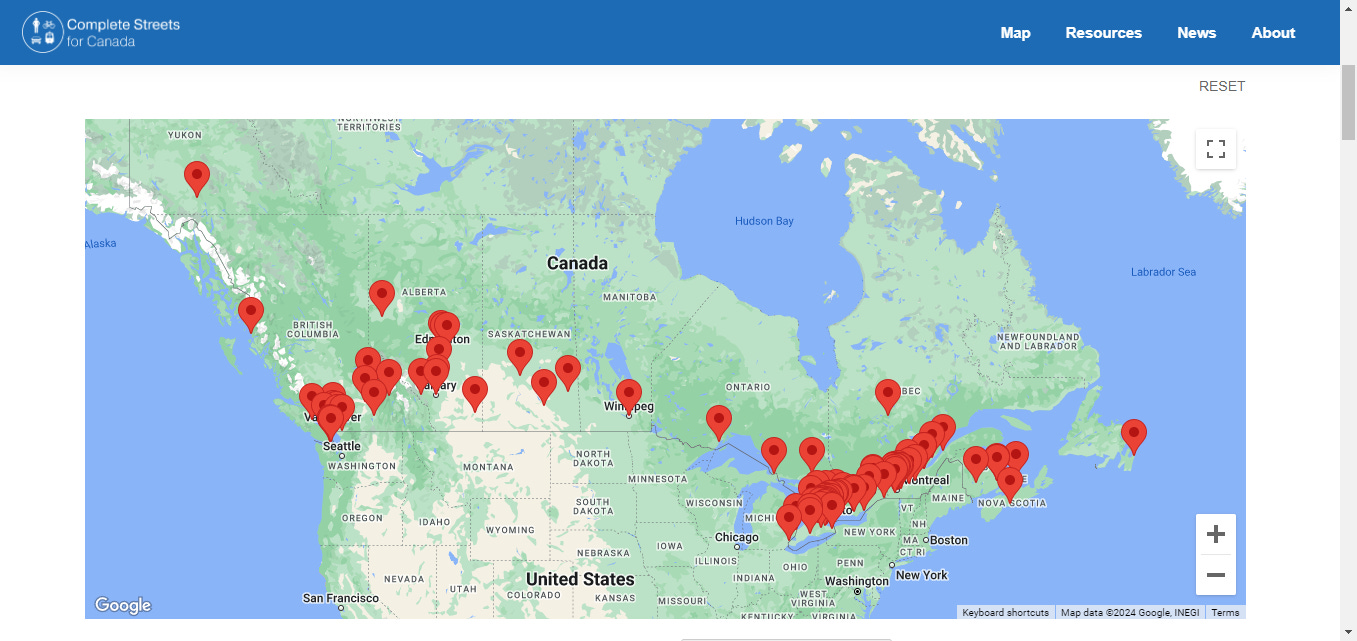
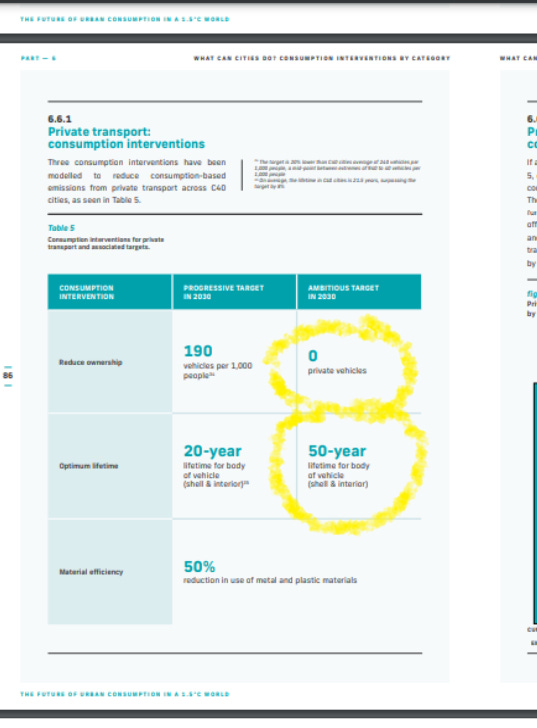
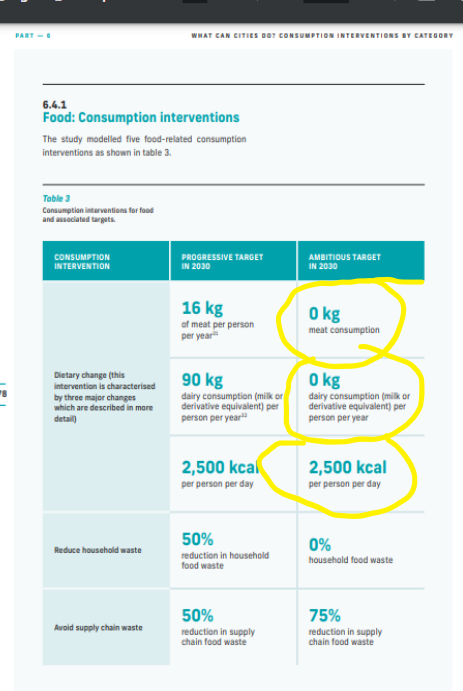
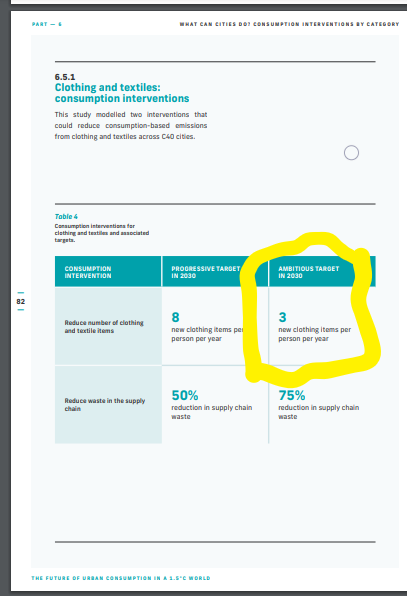
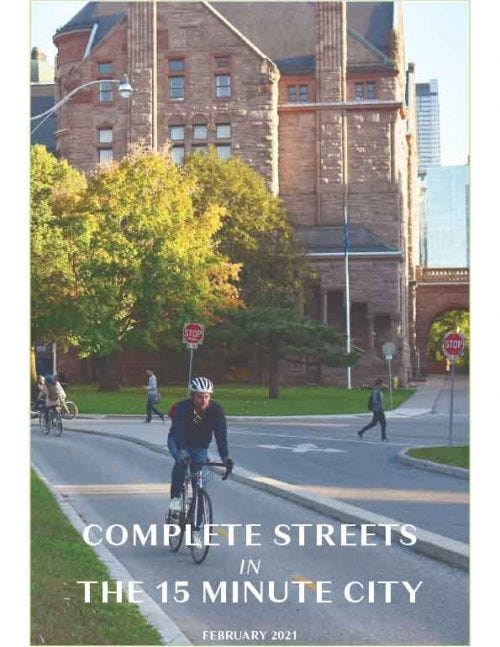
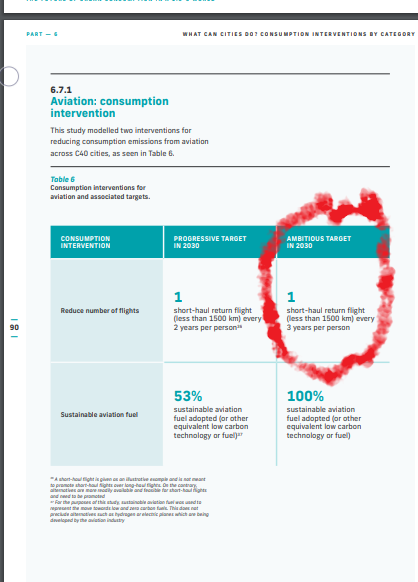
If people have no vehicle, it makes it that much harder to escape door to door vaccinations. Since the late 90's Alberta has been building "ring roads" around major cities by removing the 1000+ rural road entry and exit points from Calgary and Edmonton. Next lockdown, the only escape routes are through main road "checkpoints".
There is nothing new with these idea's. and they always fail. Every time! Simple reason is: Those that control have no empathy or simple understanding, they are so full of their self importance and their so-called laws, they forget to include those that can make a city come alive and thrive. The city starts to rot from the centre because there is no movement or simple commerce. And the same will happen with so-called digital currency... remember we are the energy that makes currency flow, they need us more than we need them; for currency can be anything from sea shells to peanuts. We do not need them! I have seen the evidence to many times now.